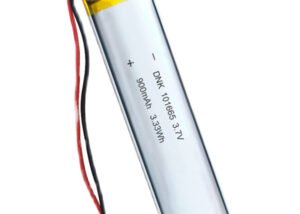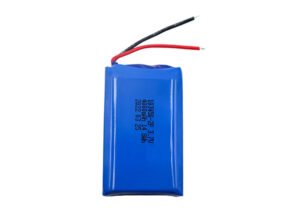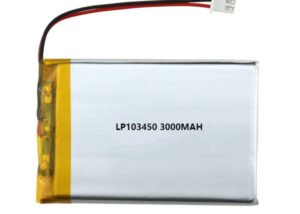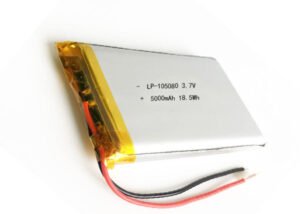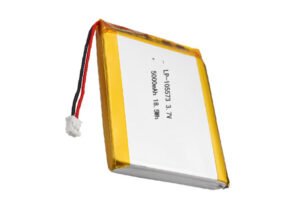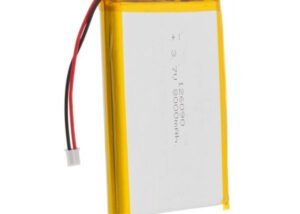LiPO Battery in Automatic Pipette
LiPO batteries are a type of rechargeable battery that have become increasingly popular due to their high energy density and longer lifespan. In recent years, LiPO batteries have found their way into several applications, including remote-controlled toys, drones, and automatic pipettes.
Automatic pipettes are an essential tool in many laboratories and research facilities, and they require a reliable power source to function correctly. In this post, we will discuss the importance of LiPO batteries in automatic pipettes, their features, benefits, and safety considerations.
LiPO Battery in Automatic Pipette
Automatic pipettes are used to measure and dispense precise volumes of liquids. They are widely used in scientific research, clinical testing, and pharmaceutical industries. Automatic pipettes require a reliable power source to function correctly, and LiPO batteries have proven to be a reliable option.
LiPO batteries have several advantages over other types of batteries, such as NiMH and lead-acid batteries. They have a higher energy density, which means they can store more energy in the same size and weight. They also have a longer lifespan and can withstand more charge and discharge cycles than other batteries.
Features of LiPO Battery in Automatic Pipette
Capacity: LiPO batteries come in different capacities, ranging from 100mAh to 10,000mAh or more. The capacity of the battery determines how long it can power the automatic pipette before needing to be recharged.
Voltage: LiPO batteries have a nominal voltage of 3.7V per cell. Most automatic pipettes require a voltage of 3.6V to 4.2V, which means that one or more cells can be connected in series to provide the required voltage.
Charging time: LiPO batteries can be charged quickly, usually in one to two hours, depending on the charger’s capacity. However, it is essential to use a charger specifically designed for LiPO batteries to avoid overcharging or overheating.
Lifespan: LiPO batteries have a longer lifespan than other rechargeable batteries, with an average of 500 to 1000 charge and discharge cycles. However, the lifespan can be affected by factors such as temperature, discharge rate, and charging rate.
Benefits of LiPO Battery in Automatic Pipette
Longer battery life: LiPO batteries have a longer lifespan than other rechargeable batteries, which means they can power the automatic pipette for a more extended period before needing to be replaced.
Higher energy density: LiPO batteries have a higher energy density than other batteries, which means they can store more energy in the same size and weight. This is particularly useful for automatic pipettes that require a compact and lightweight power source.
Reduced maintenance: LiPO batteries require minimal maintenance compared to other batteries. They do not require regular discharge and recharge cycles to maintain their performance, and they do not suffer from the memory effect.
Enhanced performance: LiPO batteries can provide a higher current output than other batteries, which means they can power the automatic pipette more efficiently. They also have a lower internal resistance, which means they can provide a more stable voltage output.
Safety Considerations
LiPO batteries can be dangerous if mishandled or mistreated. They have a risk of explosion and fire if overcharged, punctured, or exposed to high temperatures. Therefore, it is essential to take proper precautions when handling and storing LiPO batteries.
Precautions to be taken include:
- Using a charger specifically designed for LiPO batteries
- Charging the battery in a fire-resistant container
- Not puncturing or exposing the battery to high temperatures
- Storing the battery in a cool, dry place
- Not leaving the battery unattended while charging
- Disposing of the battery properly when it reaches the end of its lifespan
In conclusion, LiPO batteries are an essential component of automatic pipettes. They provide a reliable and efficient power source, with a longer lifespan and higher energy density than other batteries. However, it is crucial to take proper safety precautions when handling and storing LiPO batteries to avoid the risk of explosion and fire.
Advancements in battery technology have led to the development of safer and more efficient batteries, such as solid-state batteries and lithium-sulfur batteries. These batteries have the potential to revolutionize the battery industry, and we can expect to see more developments in the future.


